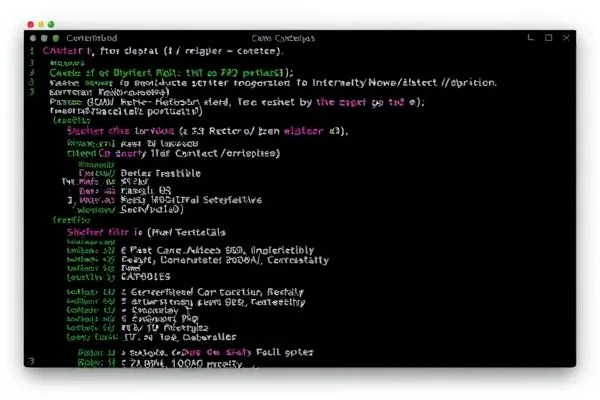As cyber threats continue to proliferate, understanding the methodologies employed by malicious groups becomes vital. One such group, Outlaw, has gained notoriety for its SSH brute-force tactics used to deploy cryptojacking malware on Linux servers. This guide highlights the mechanics of these attacks and strategies to secure your systems.
Key Takeaways:
- Outlaw exploits weak SSH credentials, making server configurations a critical security point.
- Awareness of vulnerabilities such as CVE-2016-8655 and CVE-2016-5195 is essential for effective defenses.
- Implementing strong access controls and ensuring monitoring can significantly lower cryptojacking risks.
- Regular training and updates are necessary to prepare teams against evolving threats.
The Outlaw Malware Explored
The Outlaw malware operates as a self-propagating botnet targeting SSH servers through brute-force attacks. Upon successful infiltration, it deploys cryptocurrency mining software, consuming valuable system resources.
According to Elastic Security Labs, they have remained active since 2018, utilizing multi-layer infection methodologies that not only facilitate mining but also clean previous malware from compromised systems.
Analyzing Attack Mechanisms
The tactics employed by the Outlaw group include:
- Brute Force Attacks: Targeting weak SSH credentials allows rapid access.
- Remote Control Capability via SHELLBOT: This tool enables command execution to exert control over infected servers.
- Resource Management: They modify system settings to enhance mining efficiency.
Vulnerability Identification
Vulnerabilities such as CVE-2016-8655 and CVE-2016-5195 are heavily exploited by Outlaw, allowing unauthorized access and persistent control. Regular updates and awareness of these vulnerabilities are essential for maintaining server integrity.
To safeguard against such threats, organizations should:
- Enforce strong password policies and promote complex password usage.
- Implement Multi-Factor Authentication (MFA) for all SSH login attempts.
- Conduct routine security assessments and ensure timely application of security patches.
Conclusion
Understanding the tactics utilized by Outlaw highlights the critical need for robust security practices to protect Linux servers from cryptojacking risks. By fostering a culture of awareness and adopting comprehensive security measures, organizations can significantly mitigate these threats.
Stay informed regarding cybersecurity threats and solutions by following us on social media for continuous updates.









